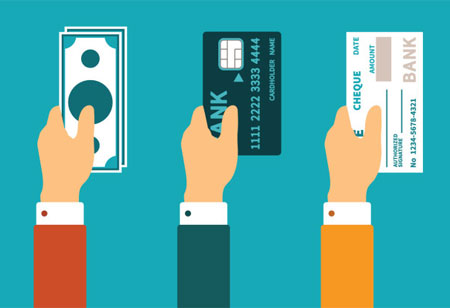THANK YOU FOR SUBSCRIBING
Be first to read the latest tech news, Industry Leader's Insights, and CIO interviews of medium and large enterprises exclusively from CFO Tech Outlook
THANK YOU FOR SUBSCRIBING

By
CFO Tech Outlook | Thursday, October 28, 2021
Stay ahead of the industry with exclusive feature stories on the top companies, expert insights and the latest news delivered straight to your inbox. Subscribe today.
Every business requires that their payments from customers are received within time, and the goal is to also improve the way the service is delivered. Companies that don’t get paid will not stay too long, and late payments can make it difficult for business operations. The accounts receivable (AR) is a process that revolves around invoice pulled internally and sent out to customers with an expected due date of 30 to 90 days and then, hoping to receive payments within that timeframe. The process is about invoice data and the supporting documentation around invoice like products, and services rendered, correct pricing and tax, disputes and deductions—all need to be entered manually. It is a time take and error-prone process even before the invoice is sent to get the prompt payment, and some customers may prefer a paper invoice compared to a digital one. Payments need to be tracked for every invoice, made sure that delayed and short payments are resolved. If everything goes accordingly, the payments arrive during the expected date.
According to Payments Practices Barometer’s 2016 survey, Atradius found that 92 percent of businesses received late payments from B2B customers and 40 percent said that they are paying late because of the suppliers. The survey found that B2B customers in the electronics industry are the ones who use invoices intentionally for financial advantage. These challenges can be solved with automated software. Supply chain automation has become a solution for a lot of companies, and automated AR management is a part of that. Using automated AR processes including Artificial Intelligence can remove manual tasks and paperwork out of the process. As every step is made digitized and automated, there would be no manual generation of invoices or sending paper statements out to customers.
Faster cash flow can be achieved if invoice delivery is automated; customers can get the invoices immediately which enable them to make payments quickly in any mode resulting in minimized errors and lowered costs. An improved financial picture is attained as the automated AR management software compliments the existing accounting system, invoices are delivered, and payment reminders are sent automatically, and the payments collected efficiently. Better customer relationships are achieved automated collections management which can result in pleasant and effortless customer experience, more efficient cash collection, and great collaboration between AR professionals and customers.
Check Out This : MANAGING ESG
AR is a major part of any electronics supply chain. If a business is slow in sending its invoices out, payments will be slow, affecting the rest of the business financially. Automated AR can overcome problems like improving efficiency and costs, accelerating time-to-payment, and elevating the customer experience.
Check Out This: Forsta: All in One Comprehensive, HX-Centric Customer Experience Platform
I agree We use cookies on this website to enhance your user experience. By clicking any link on this page you are giving your consent for us to set cookies. More info

However, if you would like to share the information in this article, you may use the link below:
www.cfotechoutlookeurope.com/news/accounts-receivable-processes-latest-trends-nid-356.html



